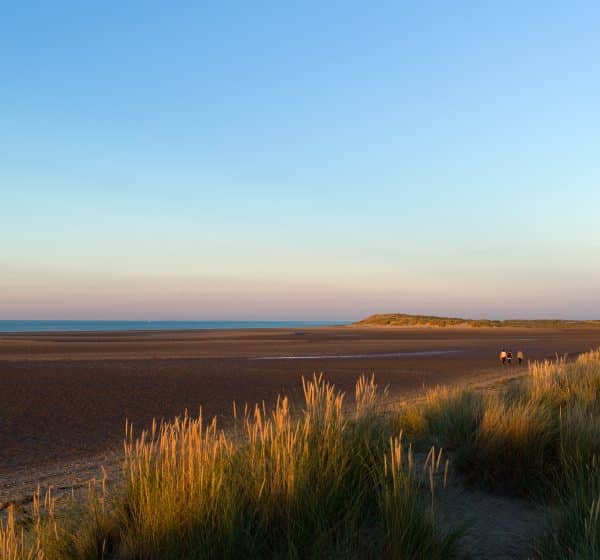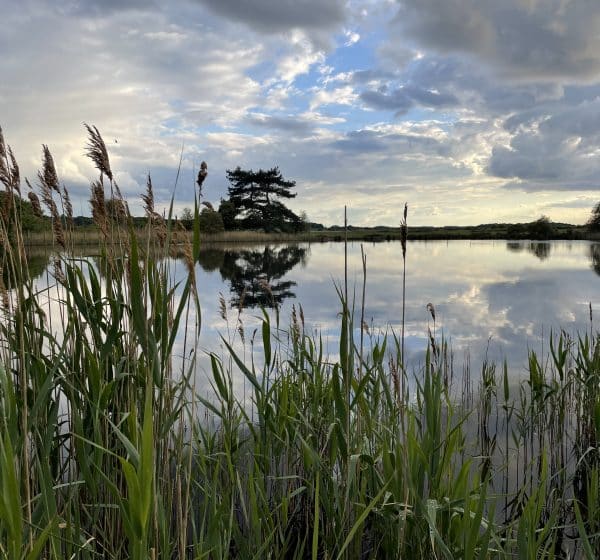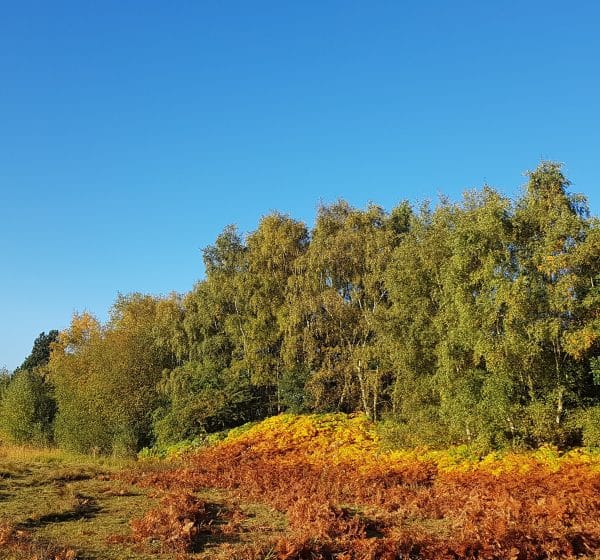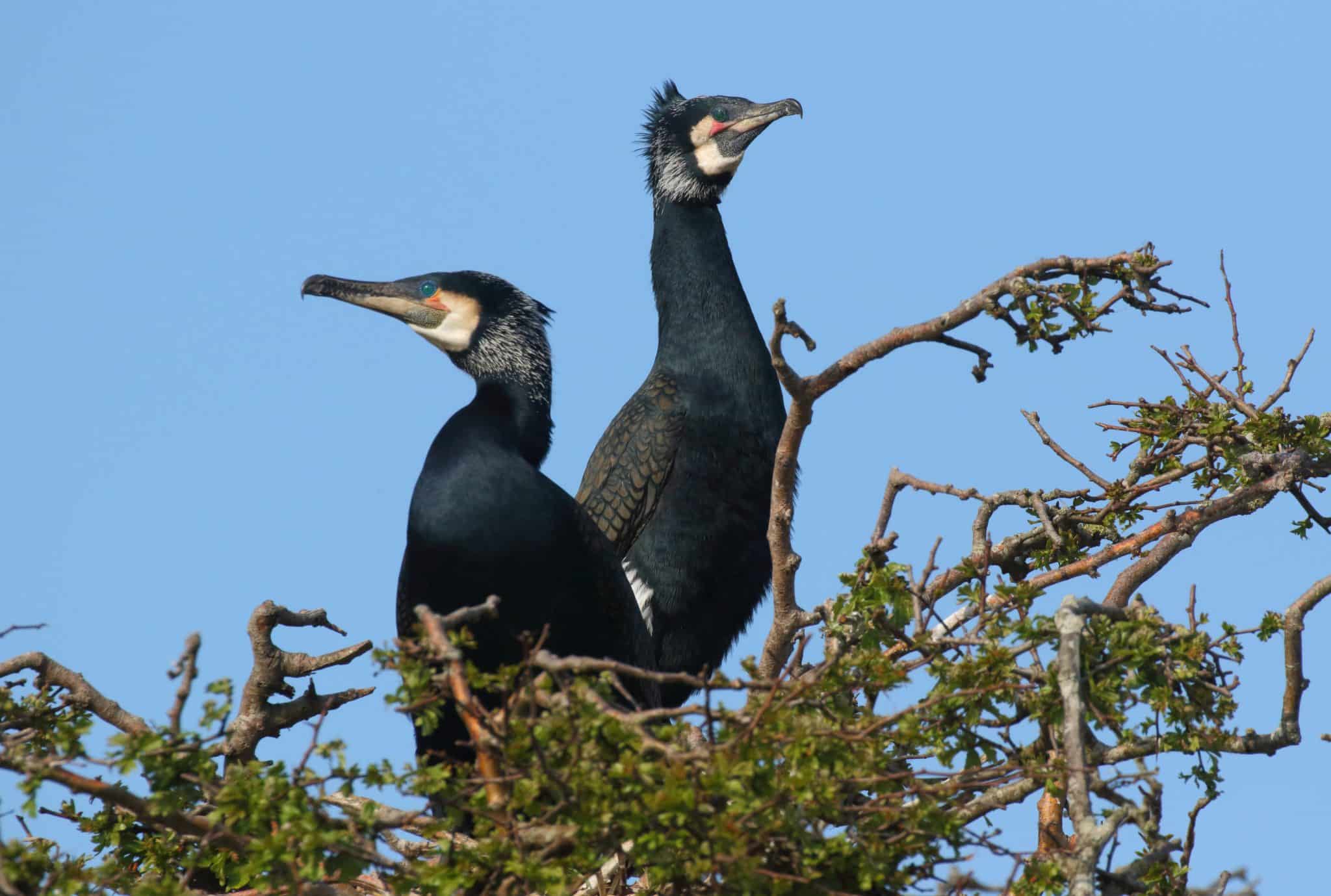
Holkham National Nature Reserve Locations
Jordan Hide
From water’s edge to treetopwe’re taking care
The Jordan Hide overlooks the old marshes of Holkham, steeped in ancient history. Central in the viewpoint is the raised-up grass mound, Holkham Fort. This has origins dating back to the Iron Age with folklore involving the Iceni battling Romans and a refuge for marauding Vikings.
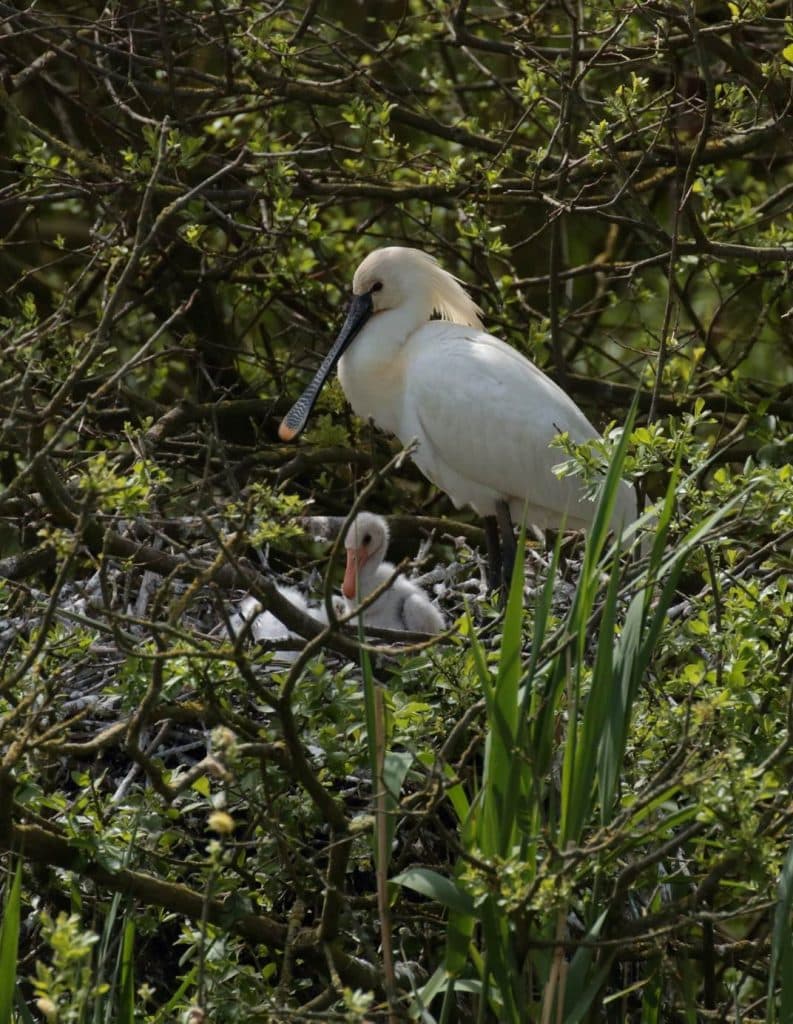

Since then, the tiny fragment of woodland beside the Fort has also become a place of historical context. Called Decoy Wood, it was planted alongside ditches, pools and islands in the 1700s to act as duck decoy whereby ducks were lured with the aid of a dog in a novel method of hunting that has long since ceased. In more modern times it has become known as the first place in Britain that a successful breeding colony of Spoonbills formed in 2010.
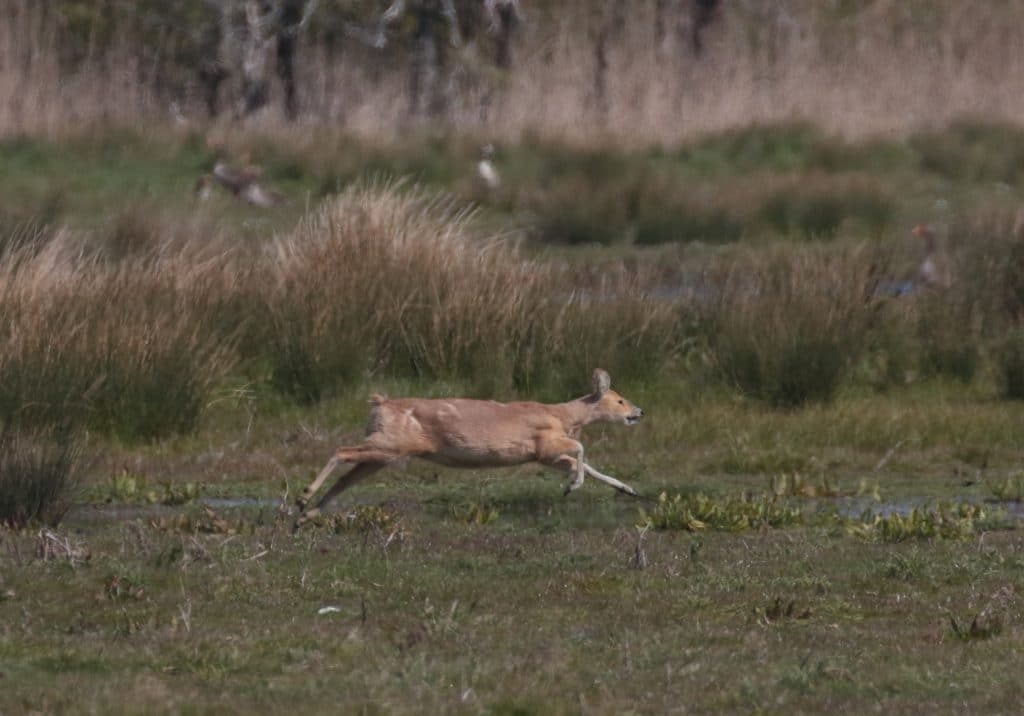
The Spoonbill had been a common bird in medieval Britain but was brought to national extinction when hunting for meat and feathers brought about its demise. Here it Holkham it nests alongside Cormorants, Grey Herons, Cattle, Little and Great White egrets, a unique assemblage of birds in modern Norfolk. In the winter look out for wintering Pink-footed and White-fronted geese in the fields whilst the ever alert and conspicuous Chinese Water Deer can be seen all year round.

